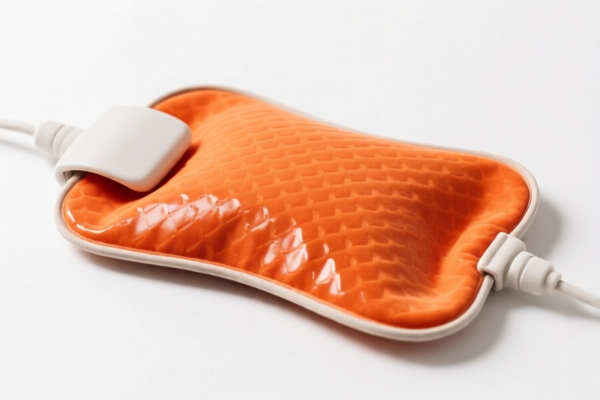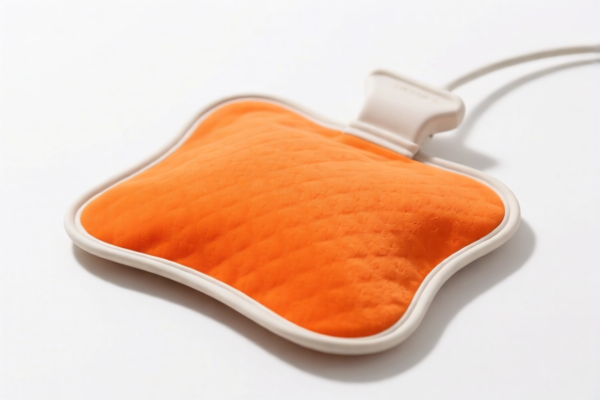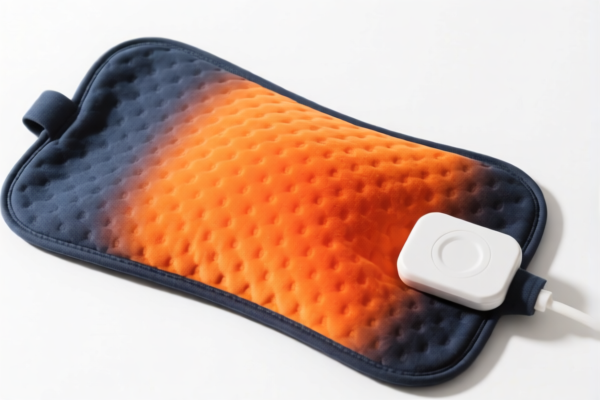| HS Code | Official Doc | Tariff Rate | Origin | Destination | Effective Date |
|---|---|---|---|---|---|
| 7115906000 | Doc | 59.0% | CN | US | 2025-05-12 |
| 7115903000 | Doc | 58.9% | CN | US | 2025-05-12 |
| 7323997000 | Doc | 60.3% | CN | US | 2025-05-12 |
| 7323999030 | Doc | 83.4% | CN | US | 2025-05-12 |
| 7326908688 | Doc | 82.9% | CN | US | 2025-05-12 |
| 8306100000 | Doc | 35.8% | CN | US | 2025-05-12 |
| 8306290000 | Doc | 30.0% | CN | US | 2025-05-12 |
| 9619009000 | Doc | 44.5% | CN | US | 2025-05-12 |
| 9619006800 | Doc | 35.6% | CN | US | 2025-05-12 |
| 9620005000 | Doc | 60.3% | CN | US | 2025-05-12 |
| 9620005500 | Doc | 58.3% | CN | US | 2025-05-12 |
| 8516790000 | Doc | 32.7% | CN | US | 2025-05-12 |
| 8516909000 | Doc | 58.9% | CN | US | 2025-05-12 |
| 9615906000 | Doc | 41.0% | CN | US | 2025-05-12 |
| 9615904000 | Doc | 35.3% | CN | US | 2025-05-12 |
| 8544493040 | Doc | 60.3% | CN | US | 2025-05-12 |
| 8544493080 | Doc | 60.3% | CN | US | 2025-05-12 |
| 9001909000 | Doc | 55.0% | CN | US | 2025-05-12 |
| 6114909070 | Doc | 35.6% | CN | US | 2025-05-12 |
| 3926902100 | Doc | 41.7% | CN | US | 2025-05-12 |
| 3926909950 | Doc | 42.8% | CN | US | 2025-05-12 |
| 3924104000 | Doc | 33.4% | CN | US | 2025-05-12 |
| 3924905650 | Doc | 40.9% | CN | US | 2025-05-12 |




Hot Pad
A hot pad, also known as a heating pad, is a device used to apply heat to a specific area of the body. It is primarily employed for therapeutic purposes, providing relief from muscle pain, stiffness, and general discomfort.
Material
Hot pads commonly utilize the following materials:
- Electric Heating Elements: Typically made of resistance wires encased in a protective layer.
- Covering Fabrics: Often constructed from soft, durable materials like fleece, flannel, or cotton for comfort and ease of cleaning. Some utilize waterproof or wipe-clean materials.
- Insulation: Layers of insulation are crucial for maintaining consistent heat and preventing burns.
- Control Systems: Electronic controllers regulate temperature and timer settings.
- Fillings (for non-electric types): Traditional hot pads may contain materials like flaxseed, rice, or cherry pits to retain heat after being warmed.
Purpose
The primary purpose of a hot pad is to provide localized heat therapy. This is achieved through:
- Muscle Relaxation: Heat increases blood flow to the affected area, easing muscle spasms and tension.
- Pain Relief: Increased circulation and muscle relaxation contribute to the reduction of pain associated with cramps, soreness, and chronic conditions.
- Joint Stiffness Reduction: Heat can improve flexibility and range of motion in stiff joints.
- Improved Circulation: Heat dilates blood vessels, promoting blood flow.
Function
Hot pads function by:
- Converting Electrical Energy to Heat (Electric Pads): Resistance wires heat up when electricity passes through them.
- Retaining and Radiating Heat (Non-Electric Pads): Materials like flaxseed absorb heat when warmed (e.g., in a microwave or hot water) and slowly release it.
- Temperature Regulation: Controllers allow users to adjust the heat level to a comfortable and safe setting.
- Automatic Shut-off: Many electric pads feature automatic shut-off timers to prevent overheating and potential burns.
Usage Scenarios
Hot pads are commonly used for:
- Muscle Soreness: Following exercise or physical activity.
- Menstrual Cramps: Providing relief from abdominal pain.
- Back Pain: Easing tension and discomfort in the lower back.
- Arthritis: Reducing joint pain and stiffness.
- Sprains and Strains: Promoting healing and reducing inflammation (used cautiously and typically after the initial acute phase).
- General Pain Relief: For various aches and pains throughout the body.
Common Types
- Electric Heating Pads: The most common type, offering adjustable heat settings and timers. Available in various sizes and shapes.
- Microwaveable Heating Pads: Filled with materials like flaxseed or rice, these pads are heated in a microwave oven.
- Water-Filled Heating Pads: Contain water heated to a specific temperature. Less common due to potential leak risks.
- Infrared Heating Pads: Utilize infrared radiation to penetrate deeper into tissues.
- Cordless Heating Pads: Battery-operated for portability.
- Pad with Massager: Combination of heat and massage function.
Hot pads fall under various classifications depending on their material and specific use. Here's a breakdown of relevant HS codes based on the provided information:
- 3926.90.21.00: This code covers “Other articles of plastics and articles of other materials of headings 3901 to 3914: Other: Ice bags; douche bags, enema bags, hot water bottles, and fittings therefor; invalid and similar nursing cushions; dress shields; pessaries; prophylactics; bulbs for syringes; syringes (other than hypodermic syringes) and fittings therefor, not in part of glass or metal”. Chapter 39 covers plastics and articles thereof. Heading 3926 specifically addresses other articles of plastics. This subheading includes hot water bottles, which are functionally similar to hot pads. The basic tariff is 4.2%, with an additional tariff of 7.5%, totaling 41.7%.
- 3926.90.99.50: This code covers “Other articles of plastics and articles of other materials of headings 3901 to 3914: Other: Other Face masks and shields, medical positioning or transport pads, medical waste containers or disinfectant wipes dispensers”. Chapter 39 covers plastics and articles thereof. Heading 3926 specifically addresses other articles of plastics. This subheading includes medical positioning or transport pads, which could encompass certain types of hot pads used for therapeutic purposes. The basic tariff is 5.3%, with an additional tariff of 7.5%, totaling 42.8%.
- 6405.90.90.00: While not explicitly mentioned as "hot pads", this code covers "Other footwear, with outer soles and uppers of rubber or plastics". If the hot pad is designed to be worn on the foot, this code may be applicable. The basic tariff is 0.0%, with an additional tariff of 0.0%, totaling 0.0%.
It is important to note that the correct HS code depends on the specific material composition and intended use of the hot pad. If the hot pad is made of plastic and used for medical purposes, HS code 3926.90.21.00 or 3926.90.99.50 may be appropriate. If it is designed to be worn as footwear, HS code 6405.90.90.00 may be applicable.
Customer Reviews
No reviews yet.